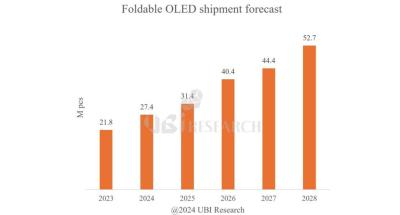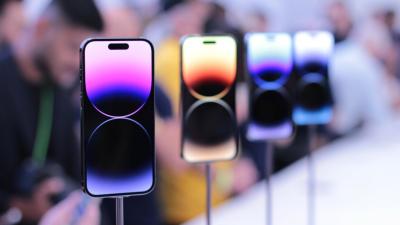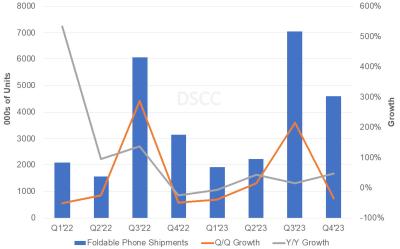Japan Display to start producing eLeap laptop displays at its 6-Gen Mobara fab, ahead of schedule
In 2022, Japan Display (JDI) announced that it has developed a "historic breakthrough in display technology" - a new OLED deposition process which they refer to as eLEAP, that is said to be cost effective and can be used to create freeform OLEDs that are brighter, more efficient, and longer lasting compared to OLEDs produced using mask evaporation (FMM).
JDI is planning to establish a 8.7-Gen eLEAP fab in China, and it is also building a smaller-scale 6-Gen eLEAP production line in Mobara, Japan. The company announced that the 6-Gen Mobara fab is advancing ahead of schedule, and production of eLEAP panels will begin before the end of 2024. JDI developed 14" laptop panels that are three times brighter than other OLEDs (at 1,600 nits), and is also targeting smartwatches, smartphones and automotive displays. JDI is also looking into adopting a tandem structure, to increase brightness even further to 3,000 nits.














